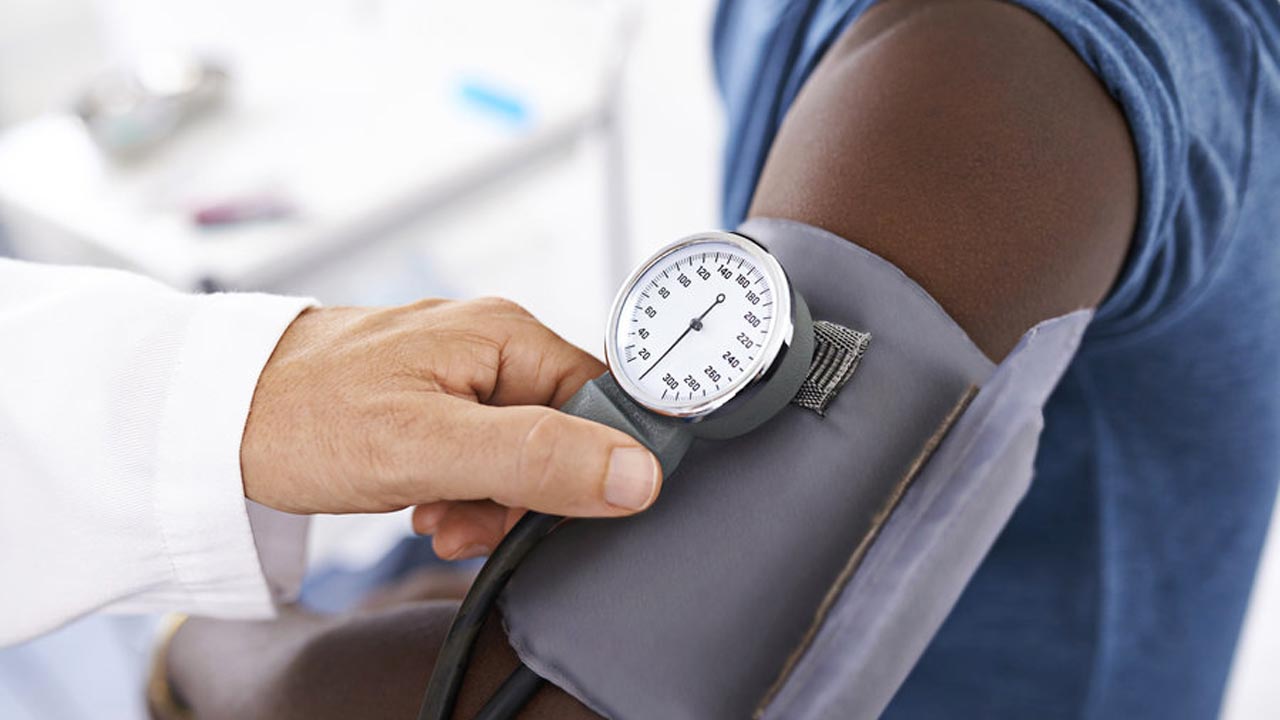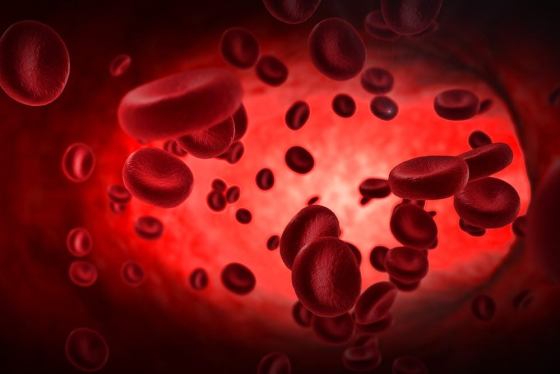Management of diabetes mellitus (2)
Last week Thursday, I considered water and diet in the management of diabetes mellitus. I promised to continue this week with the types of food diabetics should avoid and other management methods. However, before I do so I will like to discuss briefly a documentary I watched on the Internet over the weekend. It was on the role of alkaline water in the management of diabetes mellitus in a patient who had developed a massive ulcer on the foot. Like all such patients, this particular patient was slated for amputation, but consuming four to six litres of alkaline water daily changed that plan. Not only did he drink so much of the alkaline water, he soaked the affected foot in alkaline water twice every day. Within a couple of weeks the ulcer began to heal and he could put the foot on the ground and even walked without crutches. His blood sugar level also had begun to drop. This supports the fact that dehydration and the acidic pH contribute to the cause of type 2 diabetes mellitus.
As I have stated before, dehydration causes the release of Prostaglandin E, which blocks the release of insulin and redistributes water to the pancreas. The pancreas produces the alkaline buffer solution that neutralizes the acidic stomach contents as they arrive in the duodenum. In an acidic environment inside the body brought about by dehydration, production of the alkaline solution will be hindered.
Types of foods diabetics should avoid
To begin with, diabetics should avoid foods that have high glycaemic indices. Just as I mentioned in an earlier article, our foods in this part of the world are mainly carbohydrate based. Not only that, the fibre that should have helped in the regulation of absorption of the glucose in these foods have been eliminated in the process of refining them. I am referring to items such as flour and rice. Diabetics are therefore advised to avoid refined things like white flour and its products (cakes, cookies, pasta, doughnut, chin chin, pastries as in meat pies and sausage rolls), polished white rice and white sugar. Other things you should avoid are red meat (if you have to eat red meat, make sure it is the leanest portion), dairy products, trans fat and hydrogenated fats (margarine, shortening etc.), and alcohol.
The diabetic should aim at eating low glycaemic carbohydrates (from lentils, beans, cauliflower, avocado pear, paw paw, apples etc.), whole grains and whole oats are also good sources. These in combination with good proteins and fats, eaten in little quantities more often will surely prevent insulin resistance and type 2 diabetes.
Other management methods of diabetes
Supplementation
Supplements such as chromium, Vitamins E and C (antioxidants), magnesium and vanadium, all from plant sources have been tested and found to be useful in the management of diabetes. Research has shown that a lot more of the vitamins and minerals are deficient in people with Type 2 Diabetes Mellitus.
There is a supplement, discovered by a Nigerian, Professor Ernest Izevbegie, from bitter leaf, known as Edotide Sugar this supplement has been found to be effective in the control of blood sugar. Testimonies to this abound and I have found it to be effective in my practice. In fact, one of my leaders in the church, in addition, drinks a glass of bitter leaf juice daily. His blood sugar has remained normal for more than two years.
Exercise
Exercise is one of the lifestyle changes that the one with diabetes mellitus must embark upon. Two very important benefits of exercise to the diabetic are increased utilization of the glucose by the cells and increased sensitivity of the cells to insulin. As more glucose is utilised during exercise, the amount of glucose that should accumulate in the blood circulation reduces. Furthermore, the increased sensitivity of the cells to insulin brought about by exercise renders the cells more receptive to the effect of insulin and more glucose is driven into the cells. Exercise can therefore be said to directly suppress the development of insulin resistance.
The type of exercise recommended is both aerobic and muscle building types of exercise. Brisk walking for 30 minutes for about four times a week should burn sufficient glucose to prevent a build up and an insulin spike.
Source: Guardian





